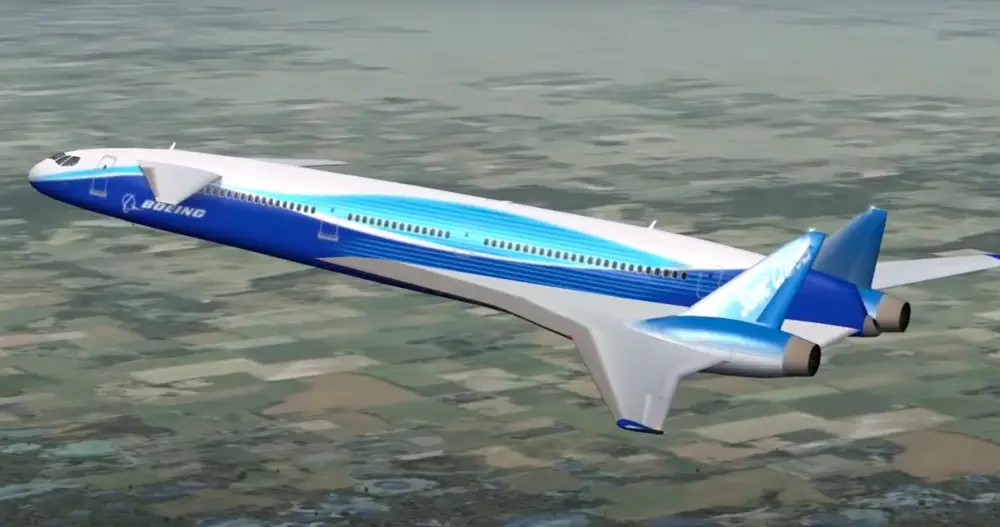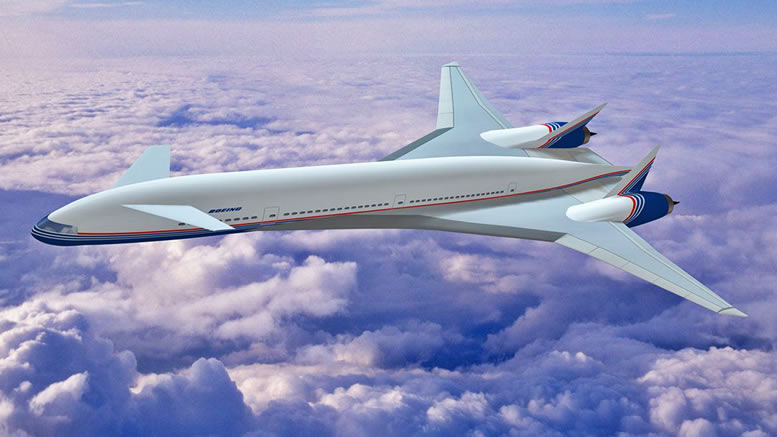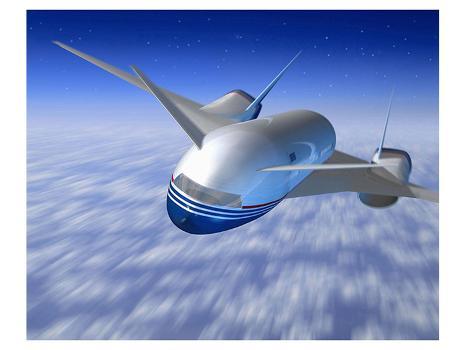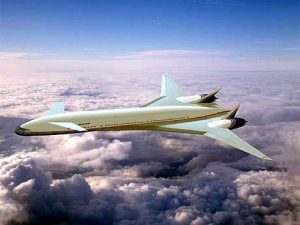Design and Innovation Case Studies: Boeing Sonic Cruiser

In the world of aviation, design and innovation play crucial roles in shaping the future of air travel. The Boeing Sonic Cruiser is a notable case study that showcases the intersection of design, engineering, and market demands. In this article, we will delve into the details of the Boeing Sonic Cruiser, examining its concept, features, challenges, and the ultimate outcome of the project.
Concept and Objectives:
The Boeing Sonic Cruiser, introduced by Boeing in 2001, aimed to revolutionize commercial aviation by offering a faster and more efficient alternative to traditional aircraft. The concept centered around a high-speed passenger plane capable of cruising close to the speed of sound, shortening travel times for long-haul flights and improving overall efficiency.
Unique Design Features:
a. Aerodynamic Design: The Sonic Cruiser featured a distinctive shape with swept-back wings and a sleek fuselage, designed to minimize drag and optimize fuel efficiency.
b. High-Speed Capabilities: The aircraft’s design allowed it to reach speeds close to Mach 1 (the speed of sound), enabling faster travel compared to conventional aircraft.
c. Passenger Comfort: The Sonic Cruiser prioritized passenger comfort, offering spacious interiors, larger windows, and advanced onboard amenities.
Market Response and Challenges:
a. Economic Factors: The Sonic Cruiser was introduced during a period of economic uncertainty in the aviation industry, including rising fuel prices and decreased passenger demand following the September 11, 2001, attacks. These factors posed challenges for the project’s feasibility.
b. Operating Costs: The high-speed capabilities of the Sonic Cruiser necessitated increased fuel consumption, raising concerns about operating costs and environmental sustainability.
c. Regulatory Constraints: The aircraft’s intended speed approached the limits of existing regulations, requiring potential regulatory changes that would have taken time to implement.
Outcome and Legacy:
a. Shifting Priorities: As market conditions and priorities evolved, Boeing reassessed the viability of the Sonic Cruiser concept. Ultimately, it shifted its focus toward a more practical and economically viable aircraft design, leading to the development of the Boeing 787 Dreamliner.
b. Lessons Learned: The Sonic Cruiser project served as a valuable learning experience for Boeing, highlighting the importance of aligning design concepts with market demands, economic factors, and environmental considerations.
c. Influence on Future Designs: While the Sonic Cruiser itself was not realized, its influence can be seen in subsequent aircraft designs, including the integration of fuel-efficient technologies and improvements in passenger comfort.
Legacy of Innovation:
The Sonic Cruiser, despite not entering commercial service, remains a testament to Boeing’s commitment to innovation and pushing the boundaries of aviation design. The lessons learned from this project continue to inform future aircraft development, emphasizing the importance of balancing speed, efficiency, environmental impact, and market demands.
Conclusion:
The Boeing Sonic Cruiser represents a captivating case study in aviation design and innovation. Its ambitious concept aimed to revolutionize air travel, but evolving market conditions and economic factors led to a shift in priorities. Nonetheless, the Sonic Cruiser project left a lasting legacy, influencing subsequent aircraft designs and serving as a valuable learning experience for the aviation industry. By embracing such ambitious projects, aerospace companies continue to push the boundaries of technology, shaping the future of air travel.
Hits: 1











